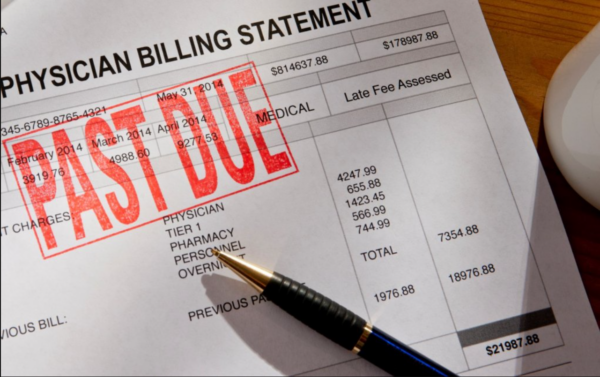Last week, Gov. Josh Shapiro delivered his yearly budget statement. It was nice to hear a freshly elected leader appraise his chances for success pragmatically rather than blather about an illusory mandate for dramatic change.
Shapiro reminded the California Legislature, where Democrats and Republicans control separate chambers, that results-oriented voter won their seats.
“They voted for you and me,” the governor responded. With their ballots, they tacitly urged us to come to the table, put aside the gimmicks or party litmus tests, and give practical answers to the very real challenges we face every day.”
Even though Lt. Gov. Austin Davis, state House Speaker Joanna McClinton, D-Philadelphia, and Senate President Pro Tempore Kim Ward, R-Westmoreland, broke leadership diversity boundaries, Shapiro focused on steady progress across several policy areas.
Since the 1950s, only one party has held the governor’s residence for three consecutive terms.
The Commonwealth has a $12 billion surplus, with $5 billion in its rainy-day fund.
According to the governor, nothing is broken politically or economically, but there is a lot to correct.
Shapiro proposed a $44.4 billion state government budget for the fiscal year starting July 1, up 3.8% over the current fiscal year. He also produced five-year recession-proof fiscal predictions based on cautious economic estimates.
In an 80-minute speech, the governor endeavored to reach all Pennsylvanians and almost addressed their issues.
The governor recognized and supported elderly tenants, farmers, the impoverished accused, employees without a college degree, entrepreneurs, the state police, minimum-wage earners, childcare workers, park-goers, nurses, police officers, and teachers.
Senate Republican leaders appeared to cooperate with Shapiro. “The governor addressed a lot of things we can all get behind,” Ward remarked. “We need to figure out how to pay for those things.”
Though Republicans will defend the treasury, Shapiro’s mental health measures to address a national and statewide epidemic will be hard to deny.
But, the GOP will oppose Pennsylvania’s participation in the Regional Greenhouse Gas Initiative (RGGI), mandated by former Gov. Tom Wolf and under judicial review.
RGGI creates a market for coal-fired power plants and others to buy pollution credits, encouraging the industry to use renewable energy. Republicans say RGGI would hurt the energy business and raise utility costs.
Shapiro did not mention RGGI in his presentation to the Legislature, but his budget expects Pennsylvania to join and collect hundreds of millions of dollars from carbon emitters.
The governor had little choice except to confront public school funding, which the judiciary requires serious improvement.
Last month, Commonwealth Court Judge Renée Cohn Jubelirer ruled that Pennsylvania’s reliance on local property taxes creates large spending disparities between wealthy and poor school districts, resulting in unequal educational opportunities and outcomes that violate the state constitution’s guarantee of a “thorough and efficient” education to all students.
Shapiro agreed with Jubelirer and urged stakeholders to create a comprehensive education plan to include new policies in the 2023-24 and 2024-25 budgets.
Surprisingly, the governor proposed a $567 million increase for basic public education, covering inflation but falling short of the $4-5 billion needed for real educational parity.
Poor school districts from major cities to rural places believed Shapiro lost an opportunity to make a substantial down payment on meeting the state constitution’s pledge.
The governor didn’t mention school choice. But, Shapiro indicated receptive to discussing such ideas with Republicans in education finance discussions.
The governor declared abortion, LGBTQ, labor, and voter rights initiatives off limits.
“Nonstarters,” he said.
After seeing national and state politicians rant about bogus concerns (the 2020 election results) and supposed cultural “crises” (transgenderism and “wokism”), it was heartening to hear a governor speak about real challenges impacting real people and what government can do for us.



